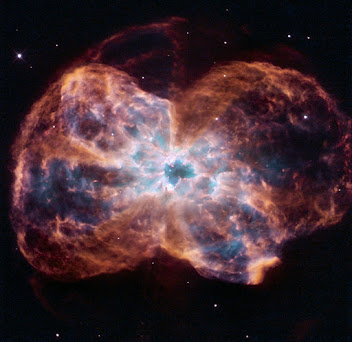Like divine compound production lines, stars spend their lives combining hydrogen and helium particles to manufacture heavier components. In death, amazingly monstrous stars detonate in a cosmic explosion, shooting their compound manifestations into space, and cultivating the universe for another age of stars to develop. In the mean time, medium mass stars like our Sun puff up to become red monsters prior to sloughing off their external layers, similar to snakes shedding their skin, sending recently shaped components and particles drifting gradually off into space.
By concentrating on kicking the bucket stars, Spitzer offers significant experiences into the arrangement of their dusty final breaths, and hints concerning how they passed on. These investigations likewise give significant proof that might assist space experts with tackling the longstanding secret of where the residue in our extremely youthful universe came from.
The construction of this area is perplexing. It is loaded up with thick bunches of gas, quick planes that have all the earmarks of being adjusting course over the long run, and extending billows of material streaming outwards on entirely inverse sides of the remainder star. Patches of this scene gleam brilliantly as the leftover star discharges enthusiastic radiation that invigorates the gas inside these areas, making it light up. This scene will keep on changing over the course of the following not many thousand years. Ultimately the knotty projections will scatter totally, and the remainder star will cool and diminish to frame a white smaller person.

